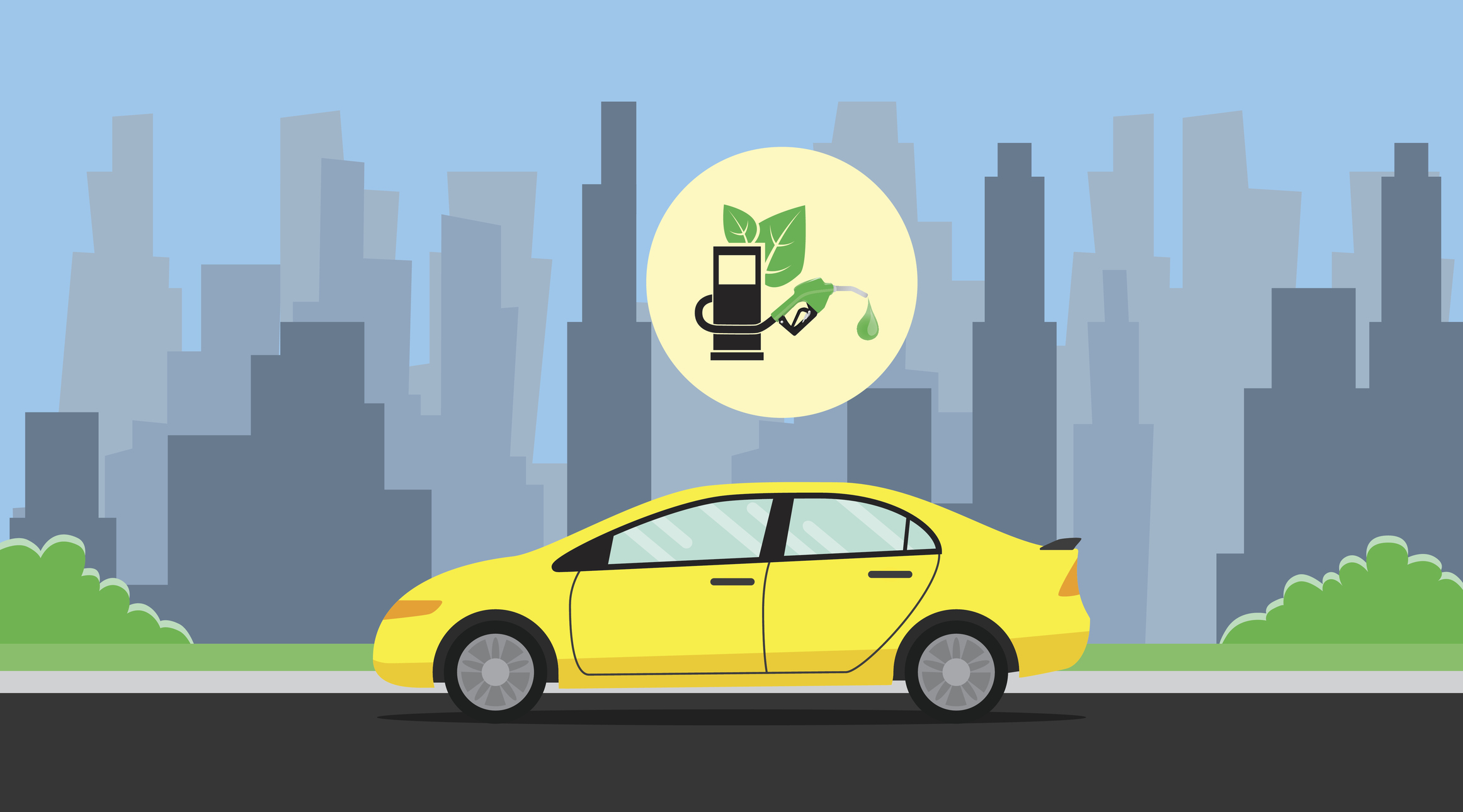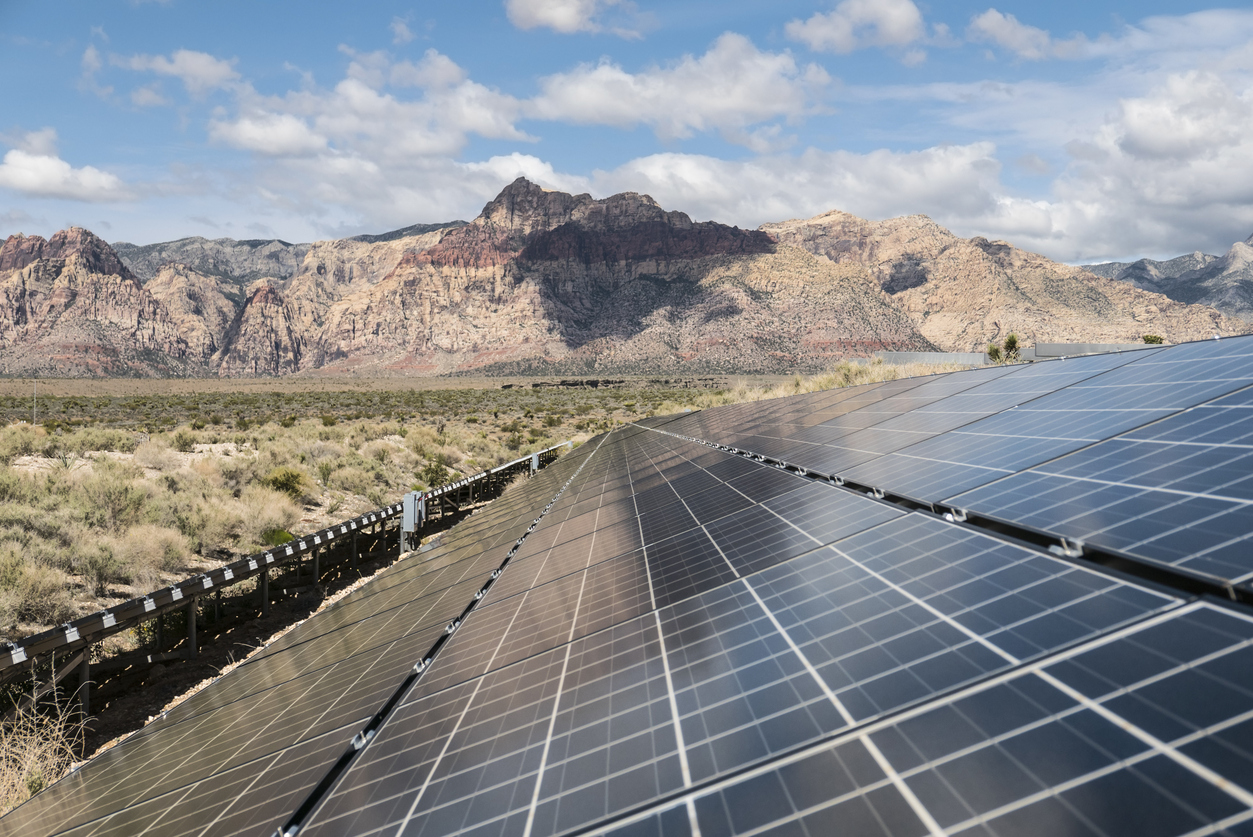 A recent report published by the National Oceanic and Atmospheric Administration (NOAA) states that the global sea level could rise by as much as 8 feet by 2100.
A recent report published by the National Oceanic and Atmospheric Administration (NOAA) states that the global sea level could rise by as much as 8 feet by 2100.
A key force behind rising sea levels is climate change. A warming climate can cause seawater to expand and ice to melt, both of which lead to a rise in sea level. Because many people live in coastal areas across the globe, scientists have been monitoring the rising sea level closely due to its ability to displace families. According to NOAA, the global sea level has been rising at a rate between 0.04 to 0.1 inches per year since 1900.
However, that rate expected to greatly accelerate in the coming years.
“Currently, about 6 million Americans live within about 6 feet of the sea level, and they are potentially vulnerable to permanent flooding in this century. Well before that happens, though, many areas are already starting to flood more frequently,” Robert E. Kopp, co-author of the report, tells Rutgers Today. “Considering possible levels of sea-level rise and their consequences is crucial to risk management.”
The researchers came to this consensus after examining the latest published, peer reviewed science, while taking into account the recent information on the instability of the Antarctic ice-sheet.


 New research led by ECS Fellow
New research led by ECS Fellow 
 Biofuels have become a promising potential alternative for traditional fossil fuels. However, producing biofules only make sense if the greenhouse gasses emitted are less than other means of producing energy.
Biofuels have become a promising potential alternative for traditional fossil fuels. However, producing biofules only make sense if the greenhouse gasses emitted are less than other means of producing energy. Globally, carbon dioxide in the number one contributor to harmful greenhouse gas emissions. These emissions have been linked to the acceleration of climate change, leading to such devastating effects as rising sea levels that displace communities and radical local climates that hurt agriculture.
Globally, carbon dioxide in the number one contributor to harmful greenhouse gas emissions. These emissions have been linked to the acceleration of climate change, leading to such devastating effects as rising sea levels that displace communities and radical local climates that hurt agriculture. Renewable energy is on the rise, but how we store that energy is still up for debate.
Renewable energy is on the rise, but how we store that energy is still up for debate. Recent trends in solar technology have led to transforming mundane surface to energy harvesting powerhouses. First, Elon Musk proposed his new
Recent trends in solar technology have led to transforming mundane surface to energy harvesting powerhouses. First, Elon Musk proposed his new  For the last decade, the city of Las Vegas has been working toward generating 100 percent of its energy from renewable source. Now, city officials state that
For the last decade, the city of Las Vegas has been working toward generating 100 percent of its energy from renewable source. Now, city officials state that  Lithium-ion batteries supply billions of portable devices with energy. While current Li-ion battery designs may be sufficient for applications such as smartphones and tablets, the rise of electric vehicles and power storage systems demands new battery technology with new electrode materials and electrolytes.
Lithium-ion batteries supply billions of portable devices with energy. While current Li-ion battery designs may be sufficient for applications such as smartphones and tablets, the rise of electric vehicles and power storage systems demands new battery technology with new electrode materials and electrolytes.